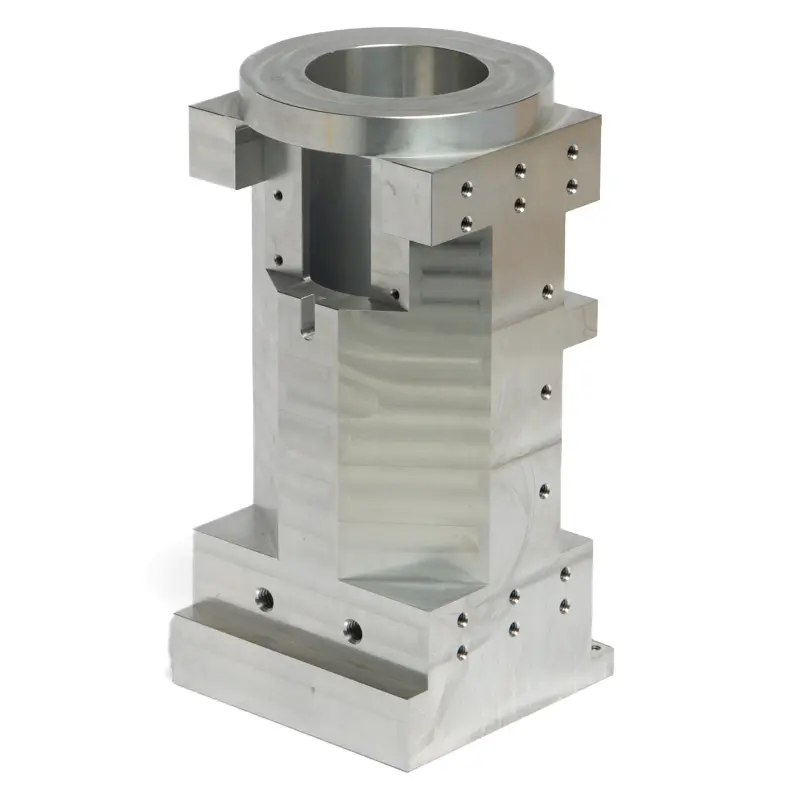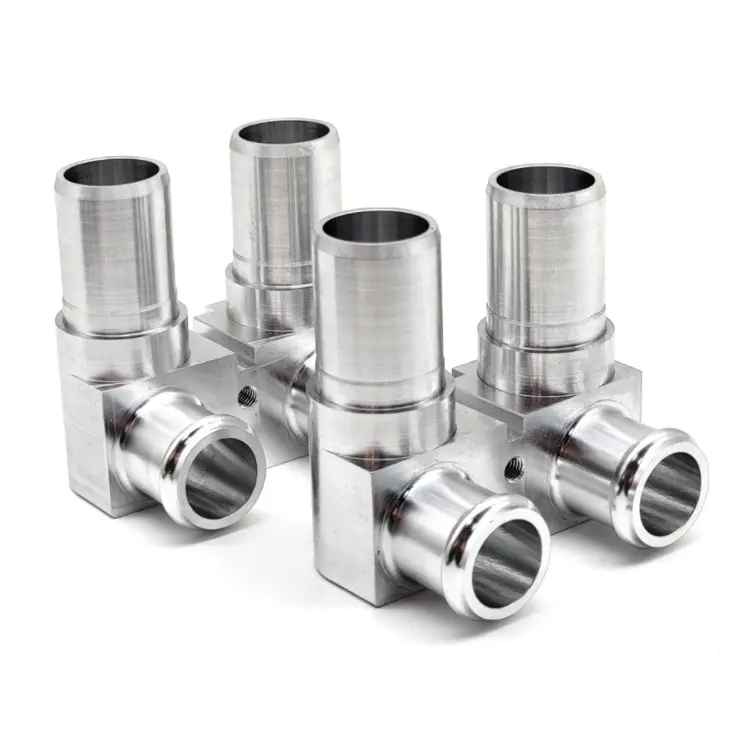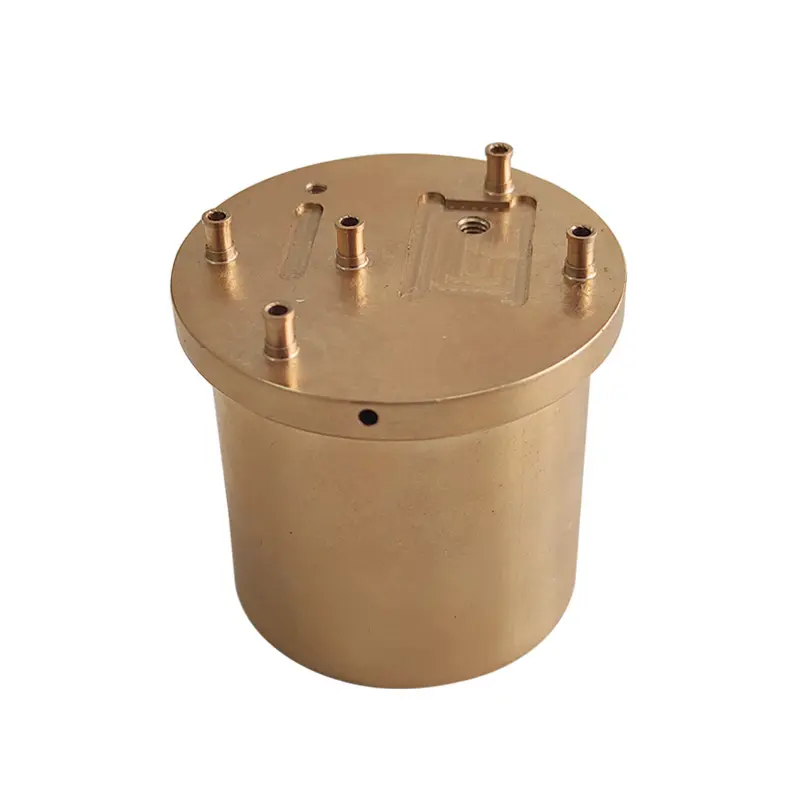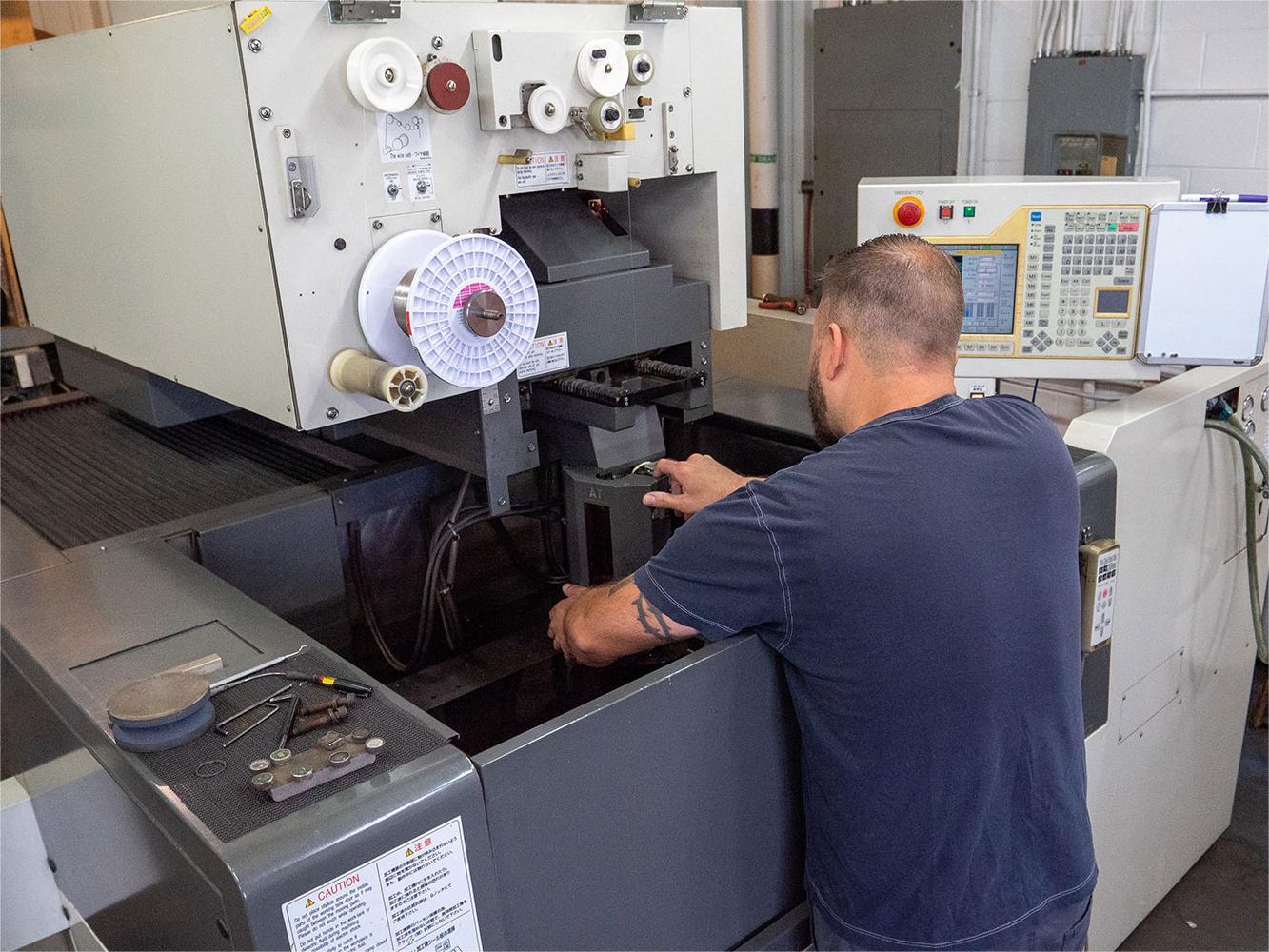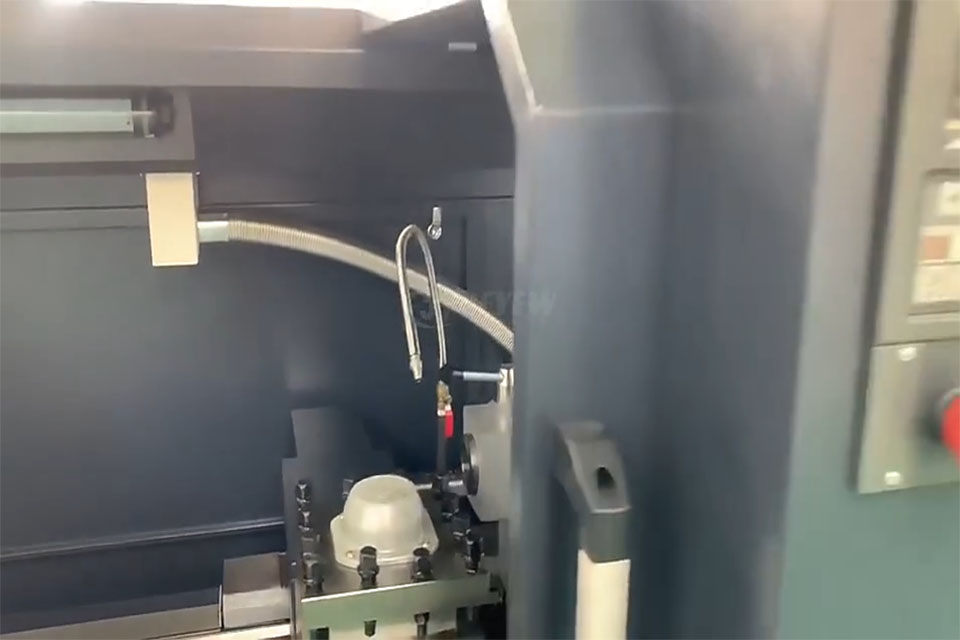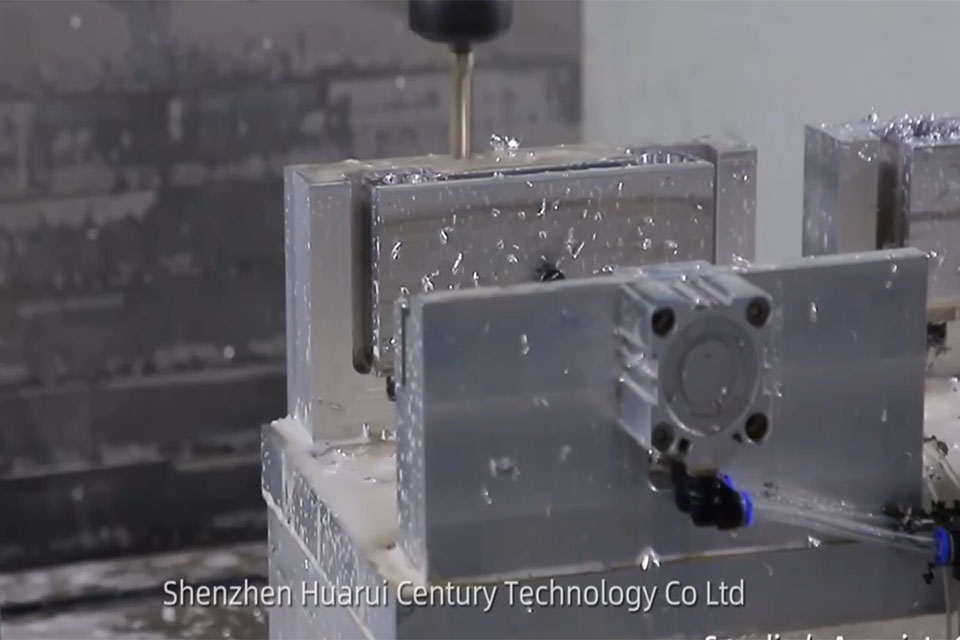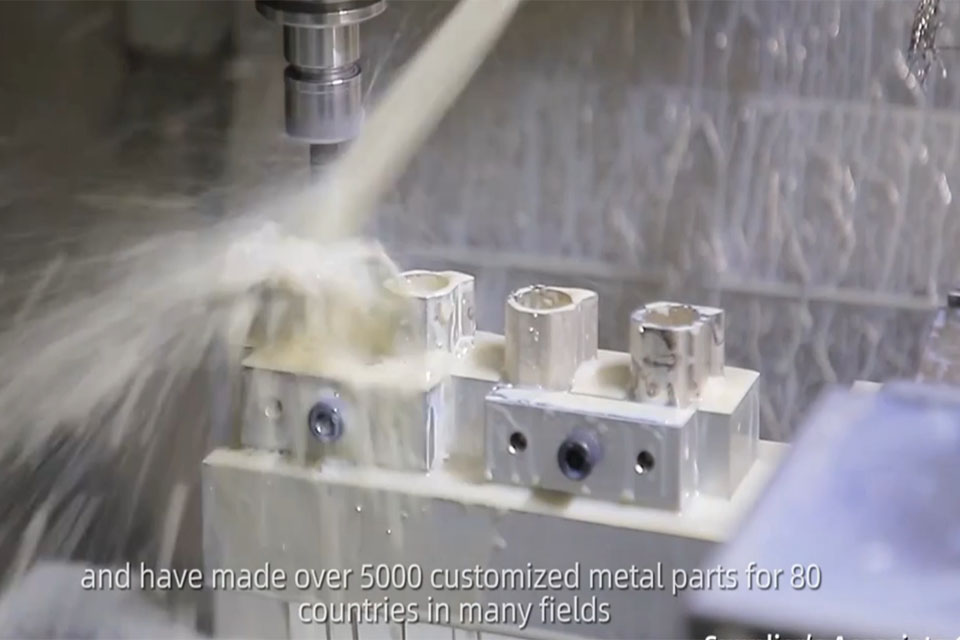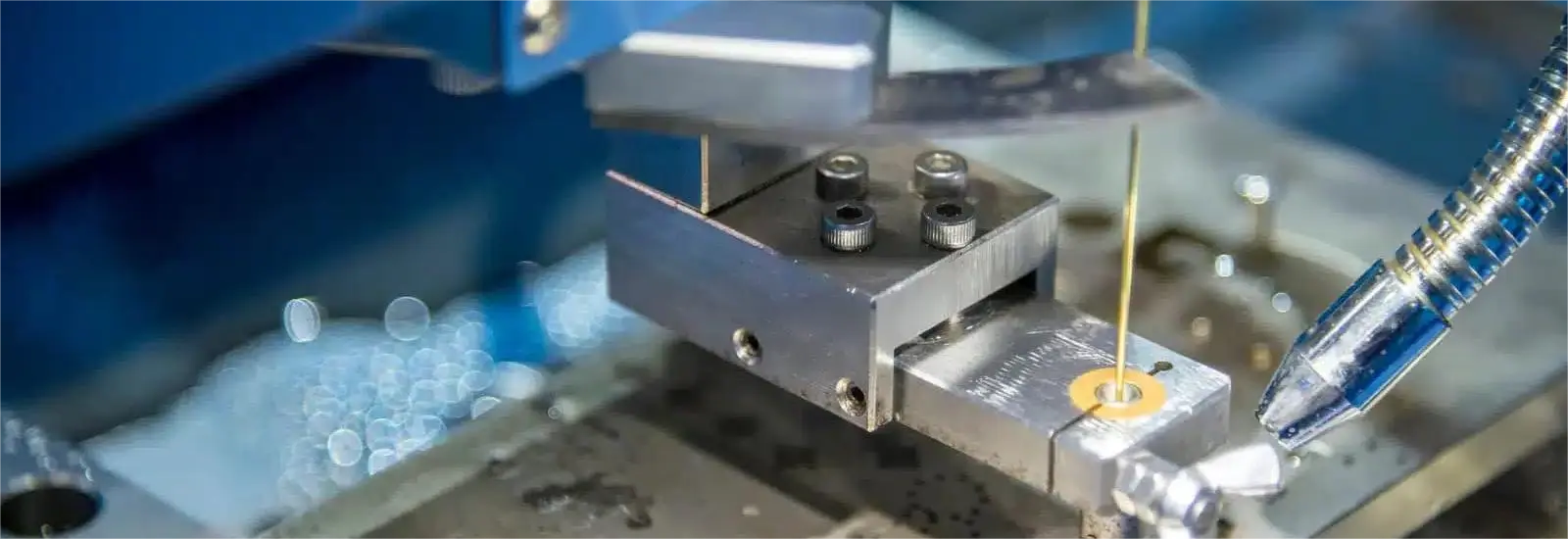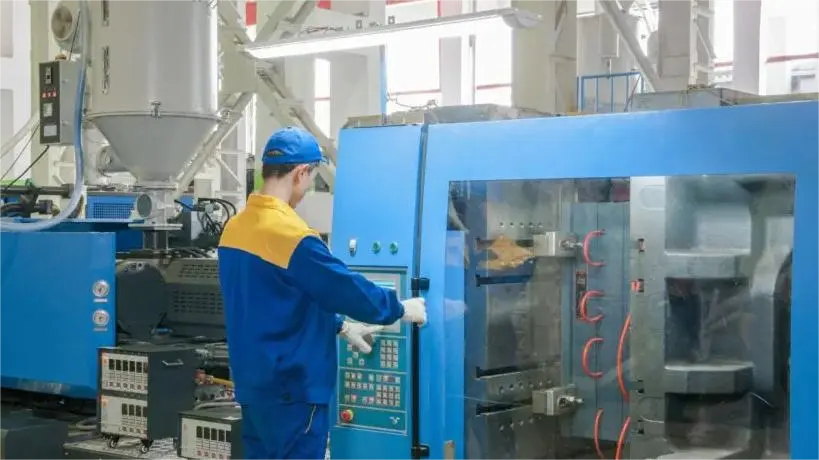
스테인리스 스탬핑 공정에 대해 알아야 할 모든 것
목차
소개
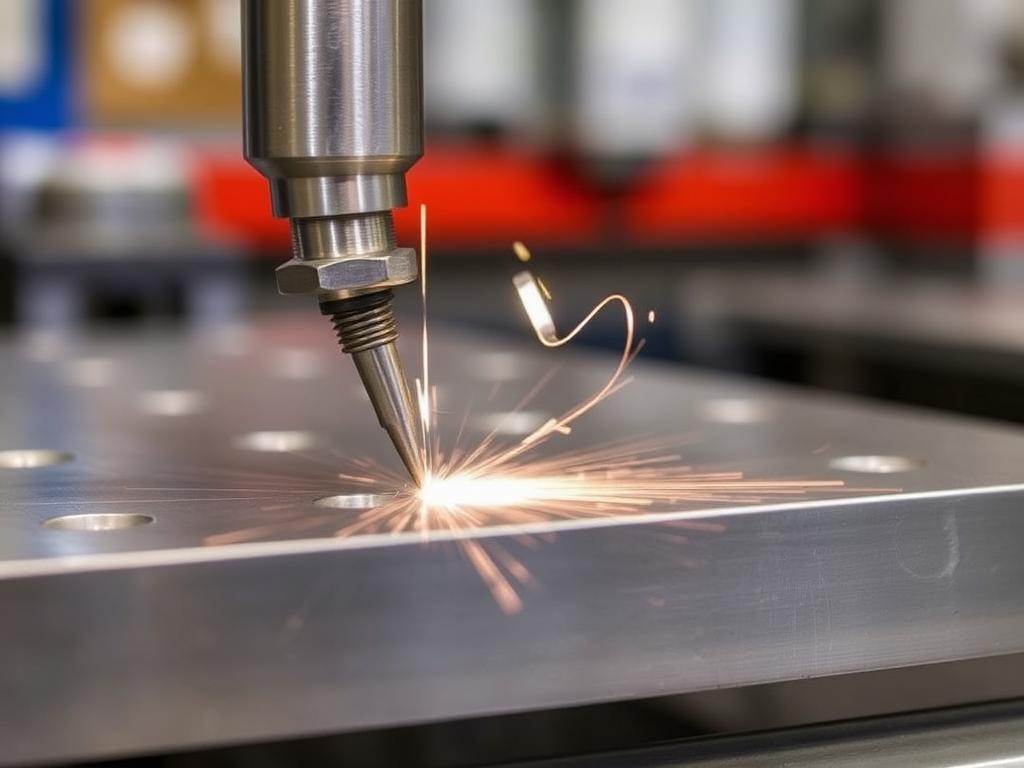
What is Stainless Steel Stamping, and Why is it Important?
Stainless steel stamping 는 전문화된 금속 forming process that involves using 스탬핑 presses and dies to shape 스테인리스 스틸 sheets into various forms. This method is crucial in manufacturing because it allows for the mass production of identical, high-precision components. My personal experience in the industry has shown that the use of stainless 강철 in 스탬핑 offers numerous advantages, including enhanced 내식성, durability, and aesthetic appeal.
스탬핑 on 스테인리스 강철 is particularly significant in sectors like 항공우주, 자동차, medical devices, and consumer goods. The process’s ability to create intricate designs and maintain tight tolerances makes it an ideal choice for producing everything from small, delicate electronic connectors to large automotive parts. A case study I recall involved a client in the medical device industry who needed a specific type of surgical instrument. The stainless steel stamping process delivered the precision and hygiene standards required, far surpassing what other methods could offer.
How Does the Stainless Steel Stamping Process Work?
그리고 stainless steel stamping process 로 시작하는 빈 piece of 강철 sheet. This 빈 is placed into a 스탬핑 press, where a 도구, often called a 펀치, applies force to shape the 금속. The process can be simple, involving a single 펀치 and die set, or complex, requiring multiple stages and 도구 for operations like bending, coining, and 딥 드로잉.
There are various type of stamping processes:
Progressive Die Stamping: This method uses a series of stamping stations. Each station performs a different operation on the metal sheet as it moves through the press, progressively shaping the part.
Transfer Die Stamping: Similar to progressive die stamping, but the part is transferred from one station to the next by a mechanical transport system.
Four-Slide Stamping: Also known as multi-slide stamping, this technique uses four tools to shape the workpiece. It’s particularly effective for creating complex parts with multiple bends.
Fine Blanking: This specialized process produces parts with very tight tolerances and smooth edges, often eliminating the need for secondary operations like deburring.
During my early years in the field, I witnessed firsthand the precision that stainless steel stamping could achieve. One memorable project involved creating small, intricate components for a communication device. The 스탬핑 process not only met the tight dimensional tolerances but also ensured the part’s 구조적 무결성.
What Types of Stainless Steel are Used in Stamping?
몇 가지 types of stainless steel are employed in the 스탬핑 process, each offering unique properties suited to different applications.
| 유형 | 특성 | 공통 애플리케이션 |
| Austenitic | 높음 내식성우수 formability and weldability, non-magnetic | Kitchenware, food processing equipment, medical devices |
| Ferritic | Good 내식성, magnetic, lower cost than austenitic | 자동차 exhaust systems, household appliances |
| Martensitic | High strength and 경도, magnetic, moderate 내식성 | Knives, surgical instruments, 도구 and dies |
| Duplex | High strength, excellent 내식성, good weldability | Chemical processing, oil and gas, marine applications |
| Precipitation Hardening | High strength and 내식성, can be heat treated for additional 경도 | 항공우주 components, high-performance applications |
Grade 304 is a popular austenitic stainless steel known for its excellent formability 및 내식성. It’s commonly used in kitchenware and food processing 장비. Grade 316, another austenitic type, contains molybdenum, which enhances its resistance to pitting and crevice 부식 in chloride environments, making it suitable for marine applications.
Ferritic stainless 강철, like grade 430, are another option. They offer good 내식성 and are less expensive than austenitic grades but have lower formability.
Choosing the right type depends on the application’s requirements. For instance, a project I managed for an 자동차 client required 스탬핑 components for exhaust systems. We opted for a ferritic grade due to its heat resistance and cost-effectiveness. To learn more about 제작 서비스 click here: 제작 서비스
What are the Benefits of Stainless Steel in Stamping?
그리고 benefits of stainless steel in 스탬핑 는 수없이 많습니다. Stainless steel’s inherent properties, such as high strength, 내식성, and aesthetic appeal, make it an ideal choice for many applications. One of the primary advantages is its resistance to rust and staining, which is crucial for products exposed to harsh environments or requiring high hygiene standards.
Durability and Longevity: 스테인리스 스틸 is known for its durability and long lifespan. Products made of stainless steel can withstand harsh conditions and maintain their integrity over time.
내식성: One of the most significant benefits of stainless steel is its exceptional 내식성. The presence of chromium in 스테인리스 스틸 forms a passive protective layer that prevents rust and 부식.
미적 매력: 스테인리스 스틸 has a sleek, modern appearance that is highly desirable in many applications, from kitchen appliances to architectural elements.
Hygiene and Cleanability: Stainless steel’s non-porous surface makes it easy to clean and resistant to bacterial growth. This property is crucial in industries like food processing, healthcare, and pharmaceuticals.
재활용 가능성: 스테인리스 스틸 is 100% recyclable, making it an environmentally friendly choice. The ability to recycle 스테인리스 스틸 without any loss of quality supports sustainable manufacturing practices.
High Strength and Formability: Despite its strength, 스테인리스 스틸 can be easily formed and shaped through 스탬핑. This combination of strength and formability allows for the creation of complex and durable 금속 부품.
온도 저항: 스테인리스 스틸 can withstand extreme temperatures, both high and low, without losing its properties. This makes it suitable for applications in harsh environments.
게다가, 스테인리스 스틸 is recyclable, aligning with the growing emphasis on sustainability in manufacturing. A case I’m particularly proud of involved developing 스탬프 부품 for a new line of eco-friendly kitchen appliances. The use of 스테인리스 스틸 not only enhanced the products’ durability and appearance but also their environmental credentials. Explore our 정밀 가공 services for your precision needs.
How to Choose the Right Grade of Stainless Steel for Stamping?
적절한 스테인리스 스틸 등급 에 대한 스탬핑 여러 가지 요소를 고려해야 합니다:
Application Requirements: What are the specific needs of the application? Will the part be exposed to 부식성 environments, high temperatures, or require high strength?
성형성: How complex is the part’s design? Some stainless steel grades offer better formability 다른 사람들보다.
비용: 다른 stainless steel grades vary in price. Balancing performance requirements with cost considerations is crucial.
Availability: Some grades may be more readily available than others, impacting lead times and project timelines.
For example, if you need to stamp a part that will be exposed to saltwater, 316 등급 또는 316L with their superior 내식성 would be a suitable choice. Conversely, for a decorative component where 내식성 is less critical, a more cost-effective grade like 430 might suffice.
In one of my projects, we needed to stamp components for medical devices. After careful evaluation, we chose grade 316L 우수한 내식성 and biocompatibility. Our 의료 기기 division often deals with similar requirements.
What are the Common Applications of Stamped Stainless Steel Parts?
Stamped stainless steel parts are ubiquitous, finding use across various industries. Here are some common applications:
자동차: Body panels, exhaust components, brackets. Our 자동차 division relies heavily on stainless steel stamping for durable and 부식 방지 parts. More details can be found here: 자동차.
항공우주: Structural components, engine parts. The strength and lightweight nature of certain 스테인리스 스틸 alloys make them ideal for 항공우주 애플리케이션.
의료 기기: Surgical instruments, implants. The biocompatibility and sterilizability of 스테인리스 스틸 are crucial in this sector.
소비자 제품: Appliances, utensils, sinks. The aesthetic appeal and durability of 스테인리스 스틸 make it popular in household items.
산업 장비: Processing equipment, tanks, pipes. Stainless steel’s resistance to harsh chemicals and high temperatures is essential here.
One fascinating project I was involved in was developing stamped stainless steel components for a new line of high-end kitchen appliances. The combination of aesthetics, durability, and hygiene made 스테인리스 스틸 the perfect material choice.
What are the Challenges in Stamping Stainless Steel?
Stamping stainless steel presents unique challenges compared to 스탬핑 softer 금속:
경도: 스테인리스 스틸 is harder than many other 금속, requiring more force to stamp and potentially leading to increased 도구 착용.
작업 강화: 스테인리스 스틸 can work harden during the 스탬핑 프로세스, meaning it becomes harder and less ductile as it’s deformed. This can necessitate annealing between 스탬핑 단계.
Springback: 스테인리스 스틸 exhibits more springback than softer 금속, meaning it tends to return to its original shape after being 스탬프. This requires careful 도구 design and process control to achieve the desired final shape.
윤활: Proper lubrication is crucial in stainless steel stamping to reduce friction, prevent galling, and extend 도구 인생.
In my experience, addressing these challenges requires a combination of using appropriate stamping tools made of high-strength materials like 공구강, optimizing the 스탬핑 process parameters, and employing suitable lubricants.
How to Optimize the Stainless Steel Stamping Process?
최적화 stainless steel stamping process involves several key considerations:
Tool Design: Using high-quality stamping tools 다음을 위해 특별히 설계되었습니다. 스테인리스 스틸 is crucial. Features like proper clearances, radii, and surface finishes can significantly impact 도구 life and part quality.
재료 선택: Choosing the right 스테인리스 스틸 등급 based on the application’s requirements and the part’s design is essential.
프로세스 매개변수: Optimizing parameters like 스탬핑 speed, pressure, and lubrication can improve efficiency and part quality.
윤활: Using appropriate lubricants formulated for 스테인리스 스틸 can reduce friction, prevent galling, and extend 도구 인생.
A case study that highlights process optimization involved a project where we were experiencing excessive 도구 wear when 스탬핑 a complex 스테인리스 스틸 part. By switching to a different 도구 material, adjusting the 펀치 speed, and using a specialized lubricant, we significantly increased 도구 life and improved part quality.
What are the Latest Innovations in Stainless Steel Stamping?
분야 stainless steel stamping is continually evolving, with ongoing innovations aimed at improving efficiency, quality, and capabilities:
Advanced Tool Materials: New 도구 materials, such as powdered metals and advanced coatings, are being developed to withstand the rigors of stamping stainless steel, offering increased wear resistance and longer 도구 인생.
Finite Element Analysis (FEA): FEA is increasingly used in 도구 design and process simulation to predict material flow, identify potential problems, and optimize the 스탬핑 process before physical prototyping.
Servo Press Technology: Servo presses offer greater control over ram speed, position, and dwell time compared to traditional mechanical presses, enabling more precise 스탬핑 and the ability to handle complex shapes.
In-Die Sensing and Monitoring: Sensors integrated into 스탬핑 dies can monitor process parameters in real-time, allowing for immediate adjustments and improved process control.
These innovations are driving improvements in stainless steel stamping, enabling the production of more complex parts with tighter tolerances and higher quality while also increasing efficiency and reducing costs.
Why Choose Us for Your Stainless Steel Stamping Needs?
의 선도적인 제공업체로서 stainless steel stamping services, we offer a unique combination of expertise, technology, and commitment to quality that sets us apart. Here’s why you should choose us for your next project:
경험: With decades of experience in the 금속 스탬핑 industry, we have the knowledge and skills to tackle even the most challenging projects. Our team of engineers and technicians is well-versed in the intricacies of stamping stainless steel and can provide expert guidance throughout the entire process, from design to production.
최첨단 장비: 최신 정보에 투자합니다. 스탬핑 technology, including advanced servo presses and high-precision 툴링, to ensure that we can deliver superior results. Our state-of-the-art facility is equipped to handle a wide range of stainless steel stamping projects, from small, intricate parts to large, complex components.
Quality Commitment: We are committed to delivering the highest quality stamped stainless steel parts to our customers. Our rigorous quality control processes, including in-process inspections and final part verification, ensure optimal that every part we produce meets the most exacting standards.
사용자 지정: We understand that every project is unique, and we work closely with our customers to develop customized solutions that meet their specific needs. Whether you need a standard 스테인리스 스틸 grade or a specialized 합금, we can help you select the right material and optimize the 스탬핑 process for your application.
고객 서비스: We pride ourselves on providing exceptional customer service and support. From initial consultation to final delivery, we are dedicated to ensuring that our customers are satisfied with every aspect of our service.
Our extensive experience with diverse applications, including those in 항공우주, 자동차, and medical devices, gives us a unique perspective on the challenges and opportunities in stainless steel stamping. We leverage this knowledge to provide innovative solutions that meet our customers’ evolving needs.
자주 묻는 질문
What is the difference between stamping and deep drawing?
스탬핑 is a broad term that encompasses various 금속 forming processes, including 딥 드로잉. 딥 드로잉 의 특정 유형입니다. 스탬핑 used to create parts with a depth greater than their diameter. It involves drawing a 빈 into a die cavity using a 펀치, resulting in a seamless, hollow shape.
Can stainless steel be stamped with decorative patterns?
예, 스테인리스 스틸 는 스탬프 with decorative patterns using design stamps or custom 툴링. This is common in applications like jewelry, flatware, and architectural elements.
What is the typical lead time for a stainless steel stamping project?
Lead times can vary depending on the complexity of the part, the 스테인리스 스틸 등급 used, 툴링 requirements, and order volume. Simple parts with readily available materials and existing 툴링 may have shorter lead times, while complex parts requiring custom 툴링 or specialized materials may take longer.
How does the cost of stainless steel stamping compare to other metal forming processes?
비용 stainless steel stamping depends on factors such as material cost, 툴링 complexity, part volume, and secondary operations required. While 툴링 costs for 스탬핑 can be higher than some other methods, it often becomes more cost-effective for high-volume production due to its 반복성 그리고 효율성.
How thick of stainless steel can be stamped?
The thickness of 스테인리스 스틸 그것은 다음과 같을 수 있습니다. 스탬프 depends on the specific grade, the 스탬핑 equipment, and the part design. Generally, 스테인리스 스틸 sheets ranging from 0.01 inches (0.25 mm) to 0.25 inches (6.35 mm) can be 스탬프. However, specialized equipment and techniques may be required for thicker materials or complex shapes.What is spring back in stainless steel stamping?
Springback refers to the tendency of 스테인리스 스틸 to partially return to its original shape after being 스탬프. This phenomenon is more pronounced in 스테인리스 스틸 compared to softer 금속 due to its higher yield strength. Proper 도구 design, 스탬핑 process parameters, and material selection can help mitigate the effects of springback.
결론
In summary, stainless steel stamping is a versatile and essential manufacturing process with a wide range of applications across various industries. Here are the key takeaways:
Stainless steel stamping offers numerous benefits, including 내식성, durability, aesthetic appeal, and recyclability.
다른 types of stainless steel와 같은 austenitic, ferritic, and martensitic grades, are used in 스탬핑, each with unique properties suited to different applications.
올바른 선택 스테인리스 스틸 등급 involves considering factors like application requirements, formability, cost, and availability.
Common applications of stamped stainless steel parts 포함 자동차 컴포넌트입니다, 항공우주 parts, medical devices, consumer products, and industrial equipment.
Challenges in stamping stainless steel include its 경도, work hardening, springback, and lubrication requirements.
최적화 스탬핑 프로세스 포함 도구 design, material selection, process parameters, and lubrication.
혁신 분야 도구 materials, FEA, servo press technology, and in-die sensing are advancing the field of stainless steel stamping.
Partnering with an experienced and reputable stainless steel stamping provider like us ensures access to expertise, state-of-the-art technology, and a commitment to quality.
다음과 같은 복잡한 사항을 이해함으로써 stainless steel stamping and working with a trusted partner, manufacturers can leverage the many advantages of this process to produce high-quality, durable, and cost-effective parts for a wide range of applications.
As experts in the field, we’re committed to pushing the boundaries of what’s possible with stainless steel stamping. Our ongoing investment in research and development, combined with our passion for innovation, allows us to offer cutting-edge solutions that meet the evolving needs of our customers across diverse industries.
어떤 분야에 있든 항공우주, 자동차, medical device, or any other industry requiring precision metal components, we’re here to help you harness the power of stainless steel stamping.
Let’s collaborate to bring your vision to life.
댓글
우수 제품 사례
태그
관련 블로그
블로그에서 CNC 제작에 대한 최신 트렌드와 사실을 확인하세요.

